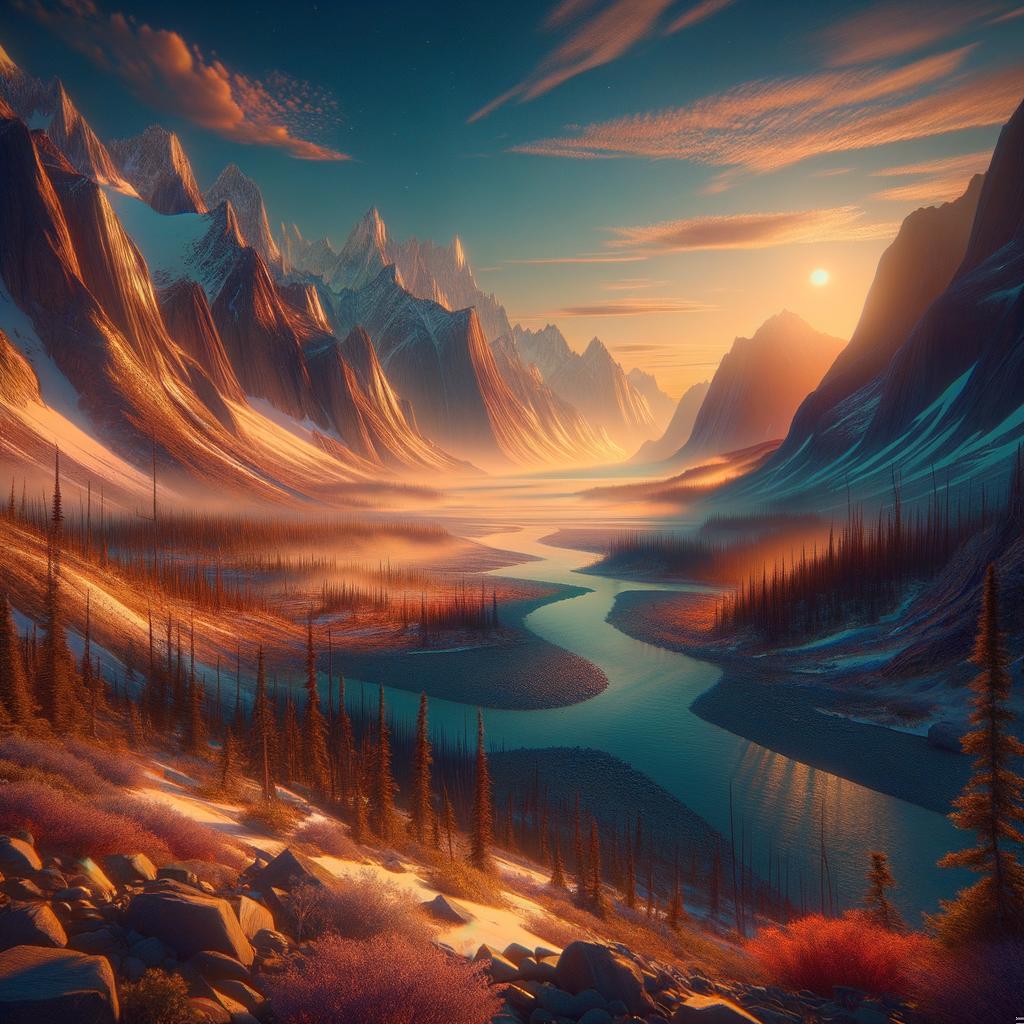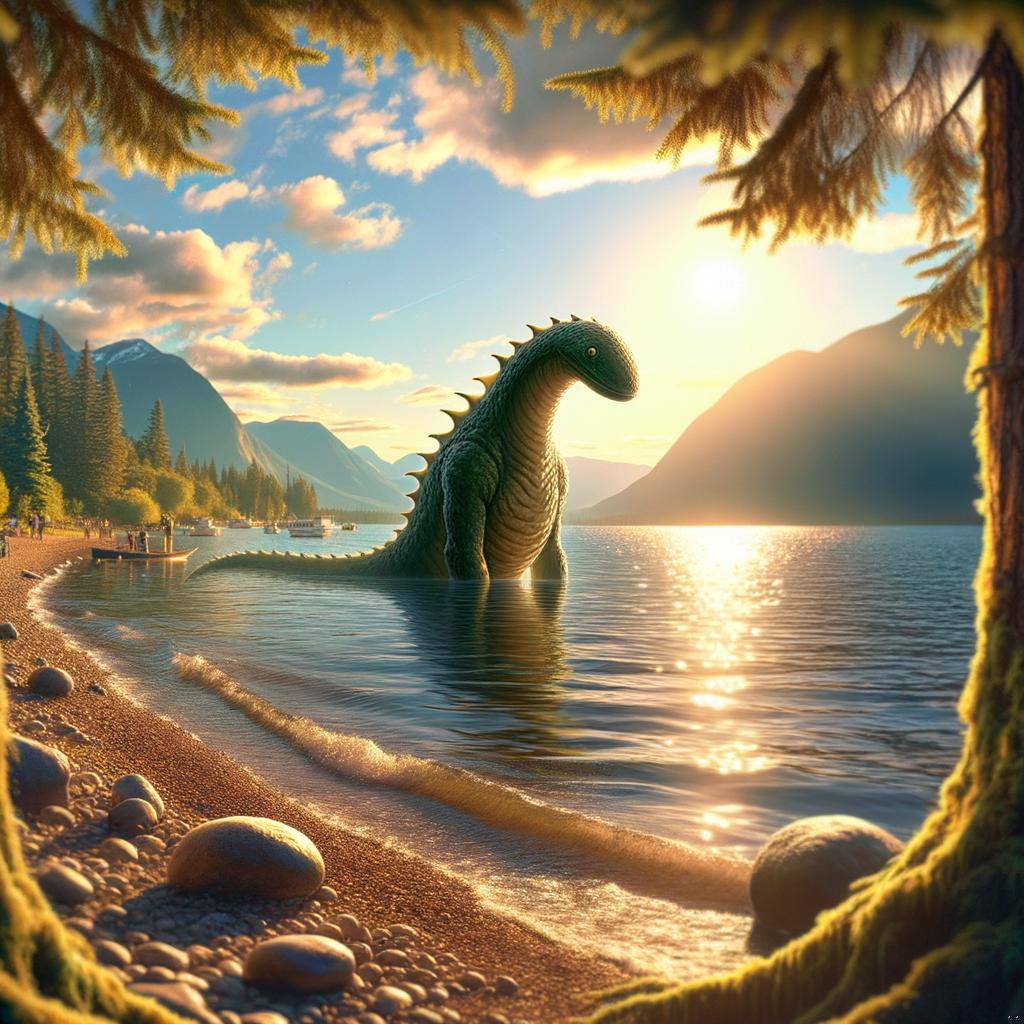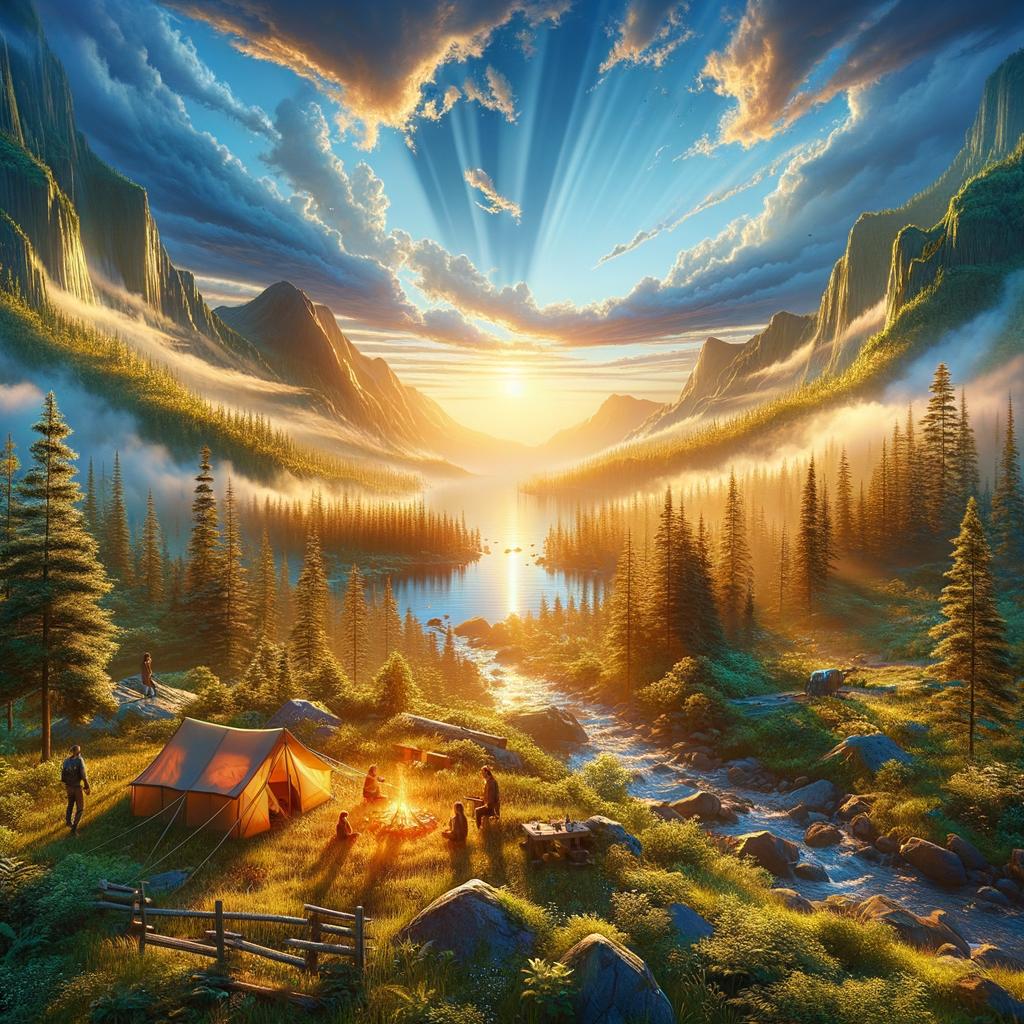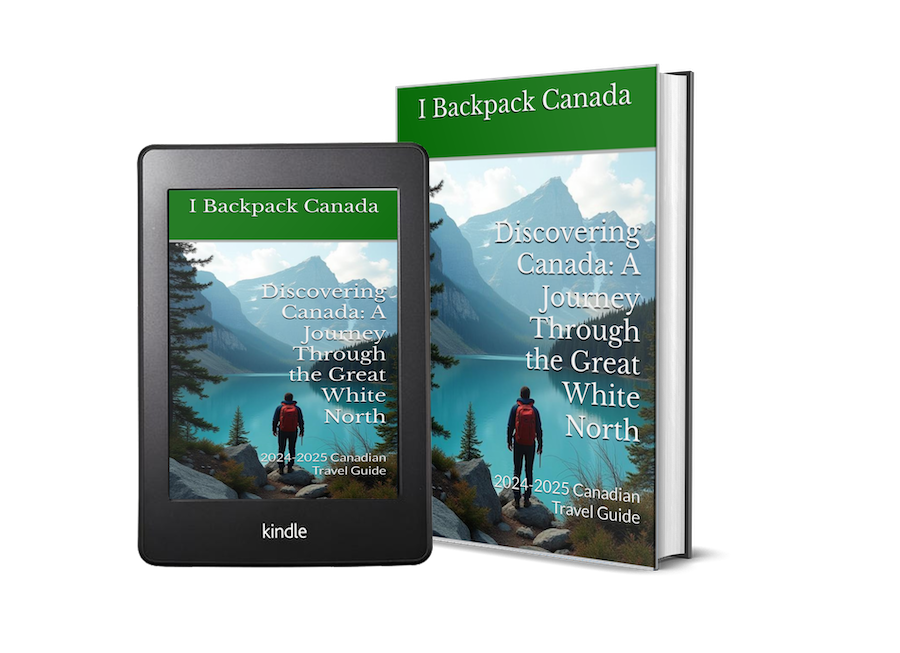The White Pass & Yukon Route - Gateway to the North
Posted on August 2, 2012 • 4 minutes • 802 words
Table of contents
Driving from Whitehorse in the Yukon to Fraser, B.C to climb aboard the White Pass & Yukon Route is an experience unto itself. The scenery in this region can hardly be described. Hues of blue & green with sharp contrasts of icy white and dark charcoals and black cover the rocky mountainous terrain. It’s as if a painter had only a few colours on his pallet, but somehow managed to make a masterpiece with various tones and shades. The old train parked along the tracks overlooking this natural work of art is a stark reminder that you’re still a part of civilization, even if you can only see a few dozen people.
All Aboard the White Pass & Yukon Route
After awing over the beauty of Fraser, B.C, I boarded the train and was greeted by a friendly young train employee who happily points out the Train Engineer and the Conductor. At a cost of $135, taking the WhitePass is a great way to get to and from Skagway, Alaska and Whitehorse, Yukon. It’s worth noting that this isn’t your typical Eurorail type of train. These carts are old, and the rail line is practically ancient. While it may not be the fastest train you’ll ride, the slow pace gives you ample time to take in the breathtaking views during the ride.
Old Sounds on an Old Train
As I acquainted myself with my seat, the train slowly began to move forward and I watched as the natural skyline began to change. My cart rocked gently back and forth, swaying to the beat of the precise heavy bass caused by the turning of the wheels. The hissing cry of metal on metal added a sense of old time flavour to the experience. The steam whistle screams and makes me jump. I laugh at myself for not expecting that. As the train passes through canyons covered in snow and ice I couldn’t help but feel as if it’s winter. It’s June 1st - practically summer - and snow in these regions are still measured in feet, rather than inches. A low ceiling of misty white clouds hangs over the mountains. Sleet and rain gently pour down, adding a sense of adventure to the slow moving train. Walking outside of the trailing cart I snap photos of the ever changing terrain. After passing through a few tunnels it’s clear to see we’re approaching a rainforest. Snow trades it’s place for massive trees and the temperature begins to warms up. Waterfalls and cliffs can be found every few kilometres along the rail line.
Does a bear sh*t in the woods?
As the train curves around bends, I hang over the iron rails and snap photos. Then suddenly, as if waiting to see the train go by, a large brown bear is crouching beside the tracks. He isn’t moving, and one passenger asks “Is it real?” - as our cart is dragged a little further down the track we see the bear from another angle and quickly find out that yes, he is real, and yes bears do in fact shit in the woods. Our cart erupts in laughter as someone jokes “It’s the Charmin bear !”.
On to Alaska
Moving slowly along cliffs and waterfalls, across old bridges and rivers, we made it to our final destination – Skagway, Alaska. While I have many thoughts and opinions on Skagway; I’ve decided to leave them be for now (separate post on that coming soon). A train with this much history and beauty along it’s path really needs to be experienced to fully understand it’s allure. You don’t have to be a train buff, history geek, or arctic explorer to enjoy the Whitepass Yukon Route. All you need are some curious eyes interested in seeing one of the most beautiful stretches of rail you can find in North America. [box size=“large” border=“full” icon=“none”]
The History of the White Pass & Yukon Route
The rail line between the Yukon and Alaska was built in 1898 in response to the Klondike Gold rush. Over 100,00 men & women stormed the Klondike region in hopes of striking it rich. These stampeders needed a quick way to get themselves and their gear into the region, and wealthy entrepreneurs of yesteryear tried to strike it rich by providing a futile service to the region. The single-track rail is 27.7 miles and takes you through the Norths most rugged terrain, including the Coast Mountains, Tongass National Forest & The White Pass Summit between British Columbia & Alaska, which sports a soaring elevation of 2,865 ft or 873m. The White Pass & Yukon Route was designated an International Historic Civic Engineering Landmark in 1994, alongside such other engineering feats, including the Eiffel Tower, The Statue of Liberty and the Panama Canal. [/box] [mappress mapid=“95”]





